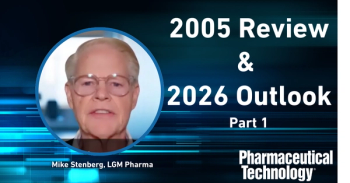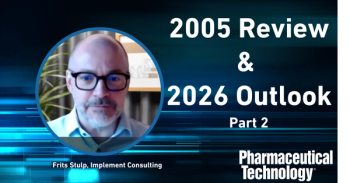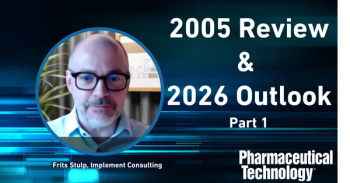
The Impact of Advanced Manufacturing Technology (PDA/FDA Joint Regulatory Conference 2023)
Kelley Burridge, PhD, Product Quality Team Leader, OBP, OPQ, CDER, U.S. FDA, discusses how advanced manufacturing technology can improve things such as cost and efficiency.
In part of the session "Continuous Manufacturing and Publication of ICH Q13" at the PDA/FDA Joint Regulatory Conference, Kelley Burridge, PhD, Product Quality Team Leader, OBP, OPQ, CDER, U.S. FDA, discusses how advanced manufacturing technology can improve things such as cost and efficiency.
Burridge: Manufacturing technologies such as continuous manufacturing, offer a number of benefits. Advantages of continuous manufacturing compared to other manufacturing include increased venture productivity, decreased capital cost, smaller cadence size and footprint and decreased cycle times or the ability to make product faster. You can also streamline your process flows with continuous manufacturing. There are several options if you'd like to increase your manufacturing output, you don't necessarily have to increase [imminent size]. Instead, you could run for a longer time. Or you could run at a higher mass flow rate. You also have the option to duplicate equipment not to scale out. Pharmaceutical quality assures the availability, safety and efficacy of every dose. This powerful yet simple statement, we hear a lot about safety and efficacy and rightly so. However, advanced manufacturing technologies such as continuous manufacturing, also have the potential to modernize pharmaceutical manufacturing and avoid or reduce drug shortages. I think drugs are of no use to patients if they're not available.
Editor's Note: The words in the [bracket] are an assumption of what is being said, as we have not gotten confirmation yet from the speaker about what exactly is being said.
Newsletter
Get the essential updates shaping the future of pharma manufacturing and compliance—subscribe today to Pharmaceutical Technology and never miss a breakthrough.




